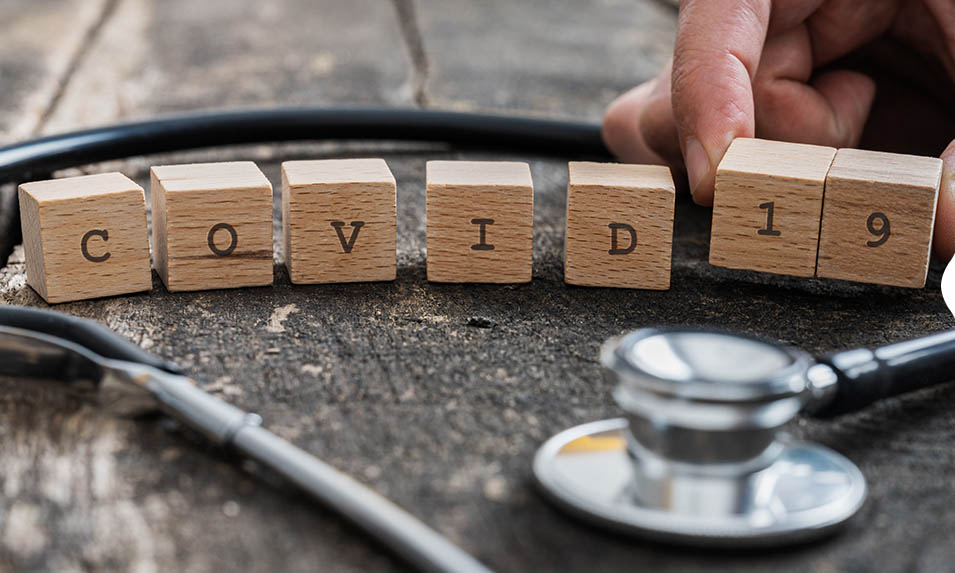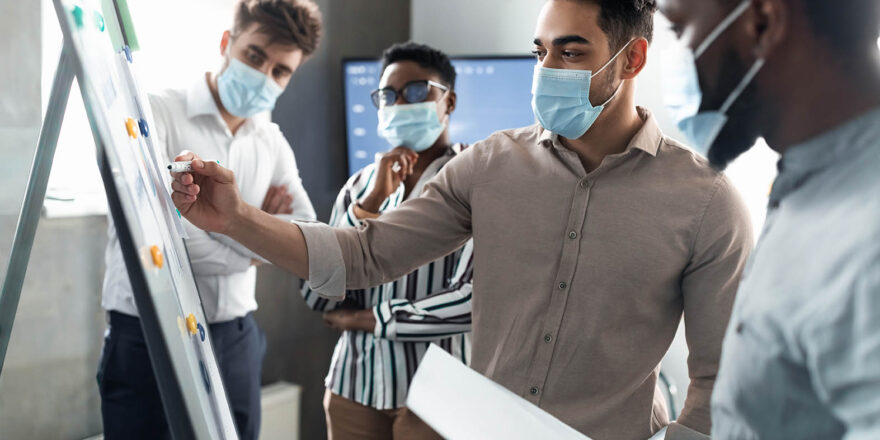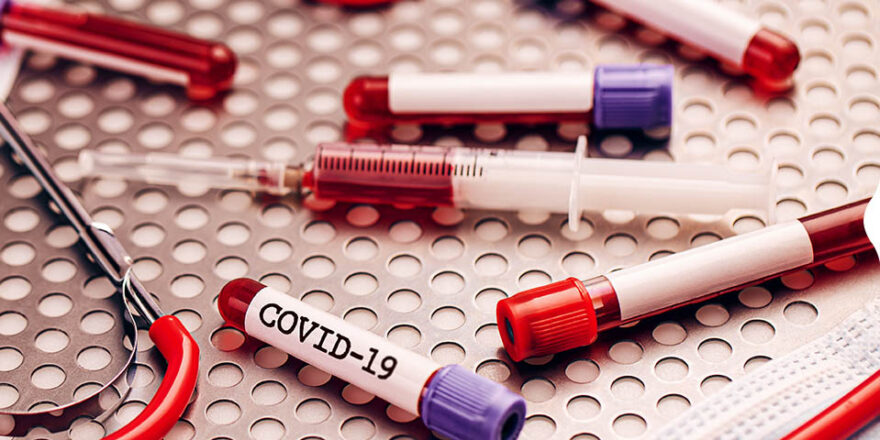A popular topic of discussion amongst most friend and family groups presently is the use of face masks and personal behaviour to prevent COVID infection. With so much information and misinformation circulating, it’s important to lean into best advice from authorised sources.
Below, TCG has helpfully summarised best practice advice from the World Health Organisation re use of personal protective equipment (PPE) home care settings and out in your community.
Behaviour in community settings
Based on current evidence, the COVID-19 virus is transmitted between people through close contact and droplets. Studies of influenza, influenza-like illness, and human coronaviruses provide evidence that the use of a medical mask can prevent the spread of infectious droplets from an infected person to someone else and potential contamination of the environment by these droplets.
Wearing a medical mask is one of the prevention measures that can limit the spread of certain respiratory viral diseases, including COVID-19. However, the use of a mask alone is insufficient to provide an adequate level of protection, and other measures should also be adopted.
The most effective preventive measures include:
- maintaining physical distance (a minimum of 1 metre) from other individuals;
- performing hand hygiene frequently with an alcohol-based hand rub if available and if your hands are not visibly dirty or with soap and water if hands are dirty;
- avoiding touching your eyes, nose, and mouth;
- practicing respiratory hygiene by coughing or sneezing into a bent elbow or tissue, and then immediately disposing of the tissue;
- wearing a medical mask if you have respiratory symptoms and performing hand hygiene after disposing of the mask;
- routine cleaning and disinfection of environmental and other frequently touched surfaces.
These are the basic level of infection control precautions to be used, as a minimum, as self-care and the protection of those around you.
Behaviour of persons with symptoms
Persons with symptoms should:
- wear a medical mask, self-isolate, and seek medical advice as soon as they start to feel unwell. Symptoms can include fever, fatigue, cough, sore throat, and difficulty breathing. It is important to note that early symptoms for some people infected with COVID-19 may be very mild;
- follow instructions on how to put on, take off, and dispose of medical masks;
- follow all additional preventive measures, in particular, hand hygiene and maintaining physical distance from other persons.
Appropriate mask management
For any type of mask, appropriate use and disposal are essential to ensure that they are effective and to avoid any increase in transmission. The following information on the correct use of masks is derived from practices in health care settings:
- Place the mask carefully, ensuring it covers the mouth and nose, and tie it securely to minimize any gaps between the face and the mask.
- Avoid touching the mask while wearing it.
- Remove the mask using the appropriate technique: do not touch the front of the mask but untie it from behind.
- After removal or whenever a used mask is inadvertently touched, clean hands using an alcohol-based hand rub or soap and water if hands are visibly dirty.
- Replace masks as soon as they become damp with a new clean, dry mask.
- Do not re-use single-use masks.
- Discard single-use masks after each use and dispose of them immediately upon removal.
By following these simple and effective guidelines, the chance of pathogen infection is greatly reduced. The Complete Guardian is proud to partner alongside Australian families and healthcare workers. If you are seeking a reliable supplier of medical grade protection, you need look no further. TCG is here to help.




